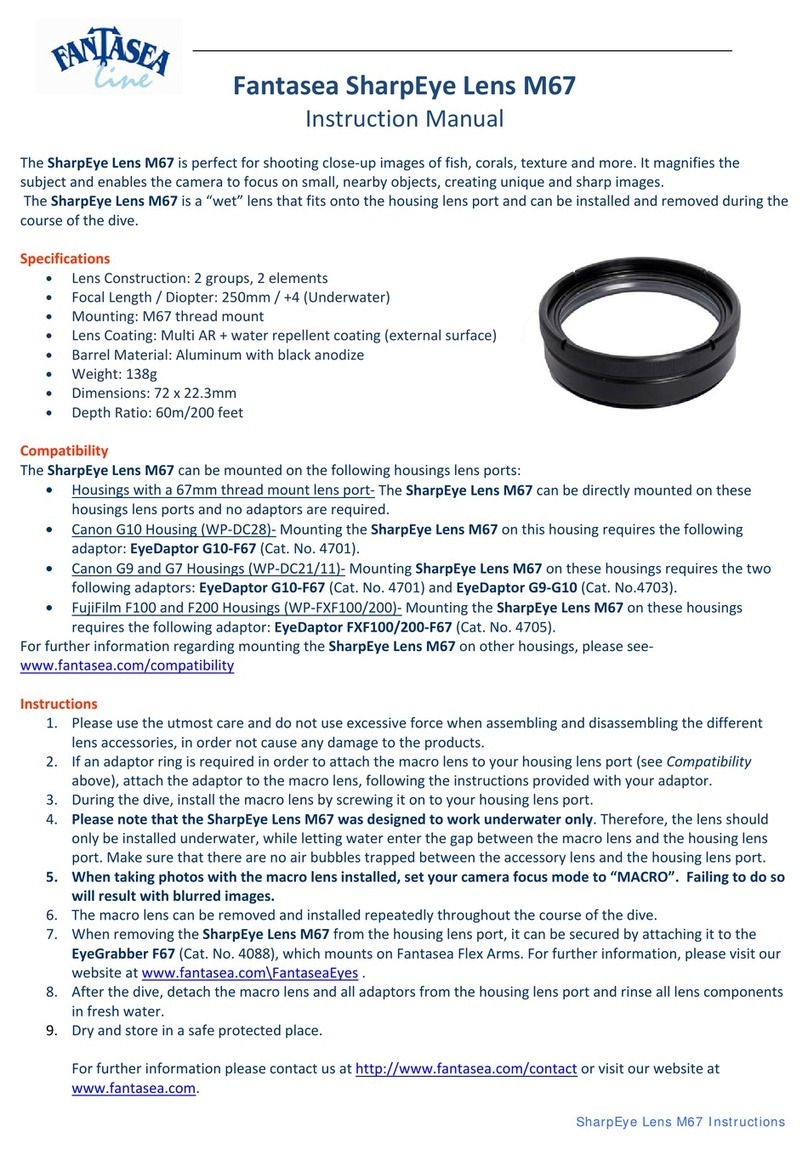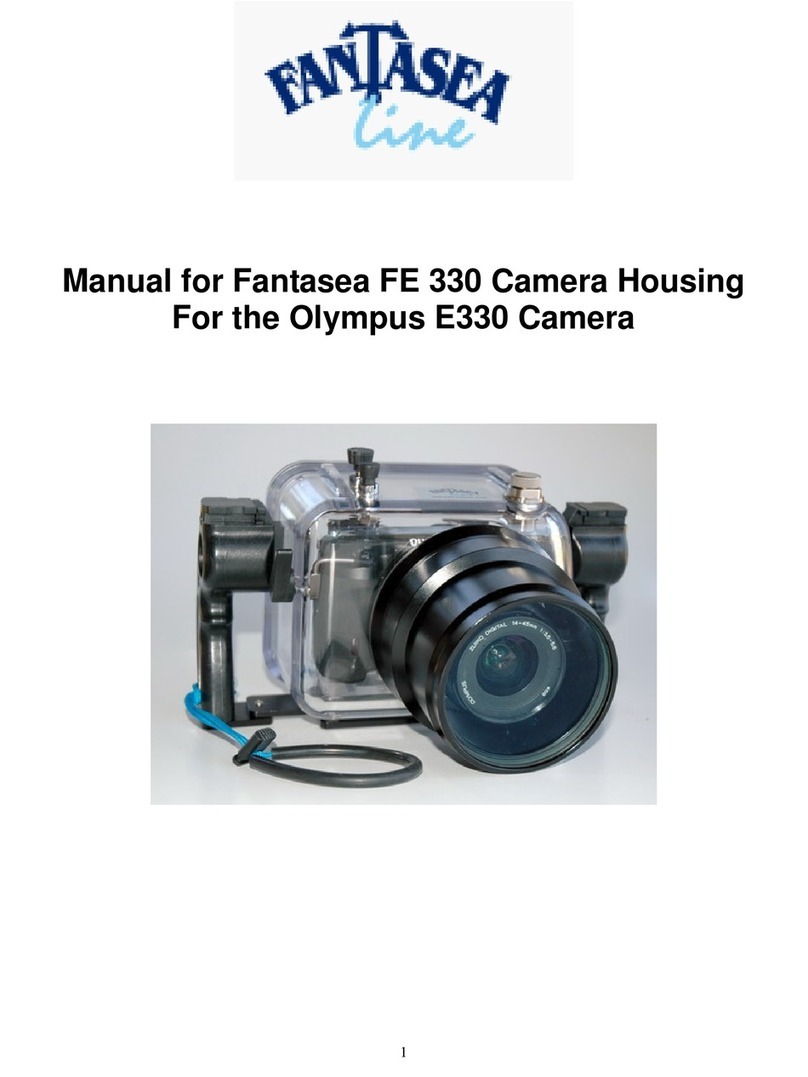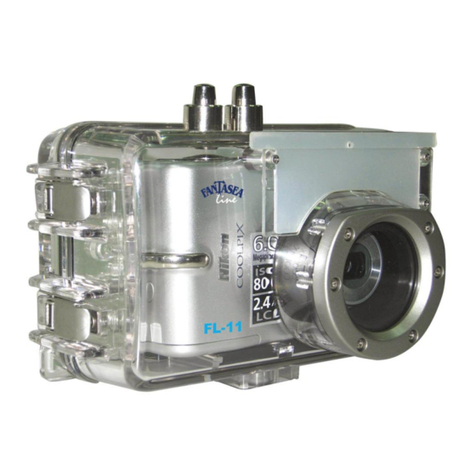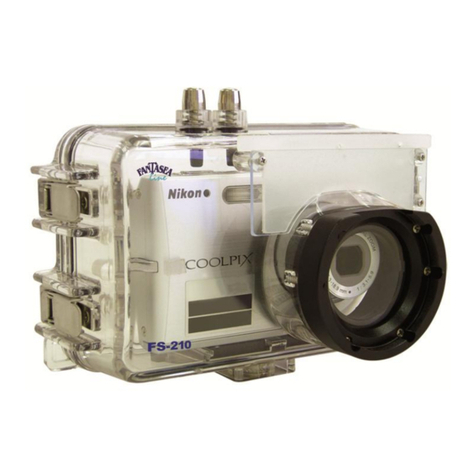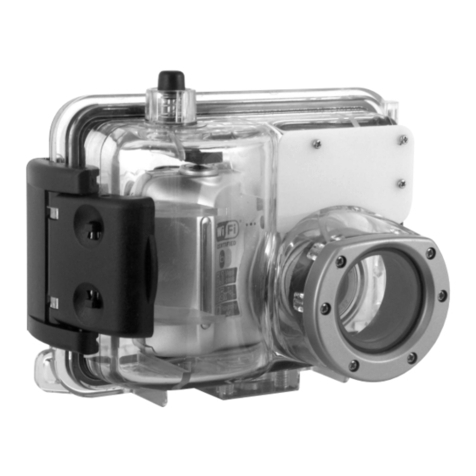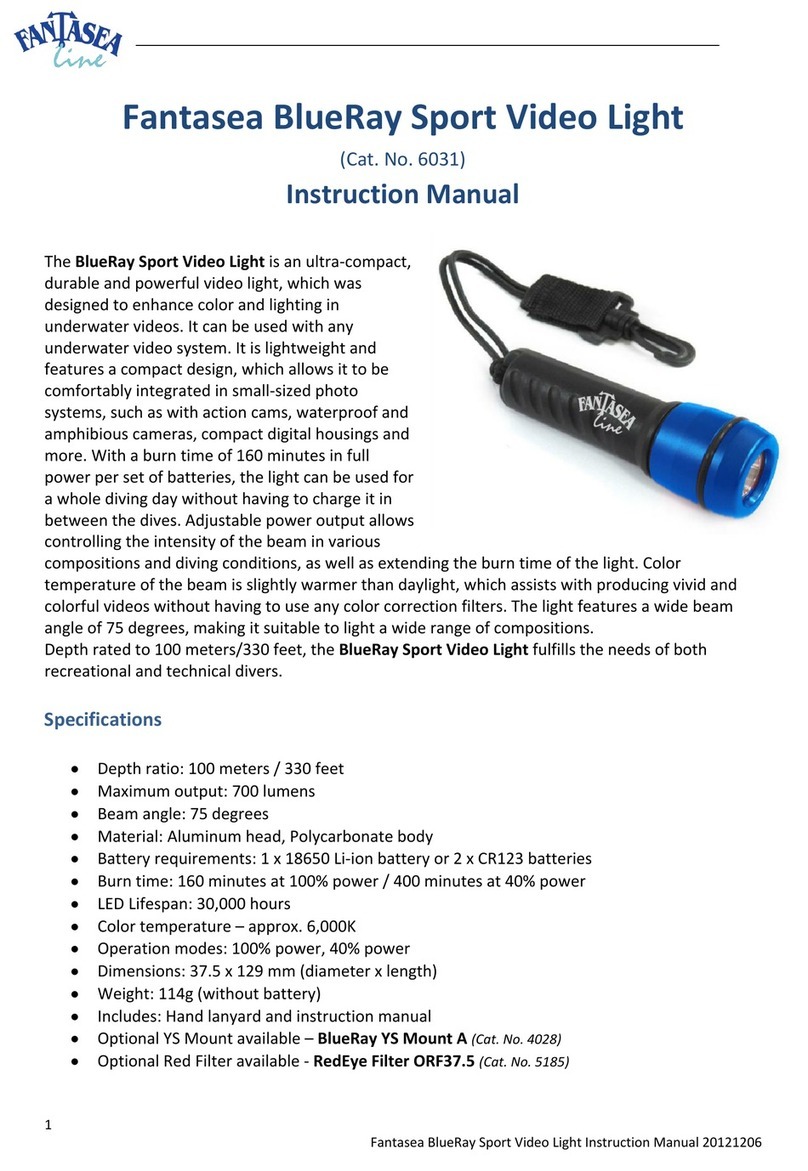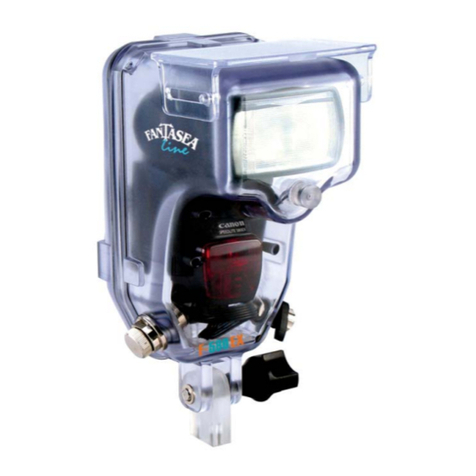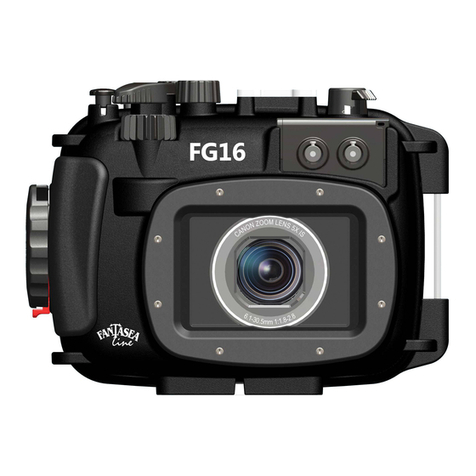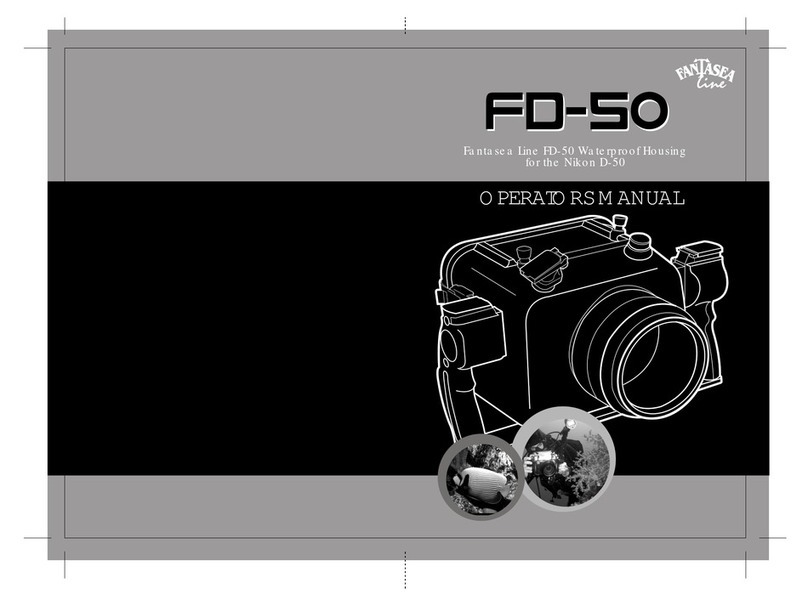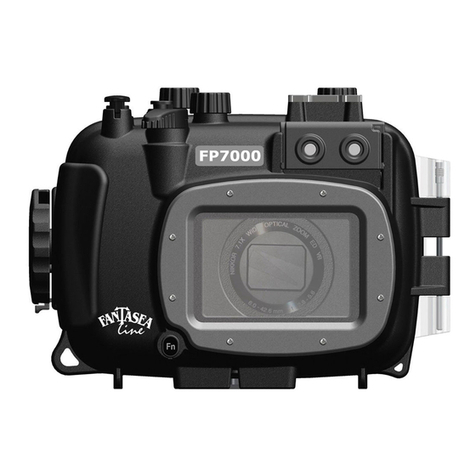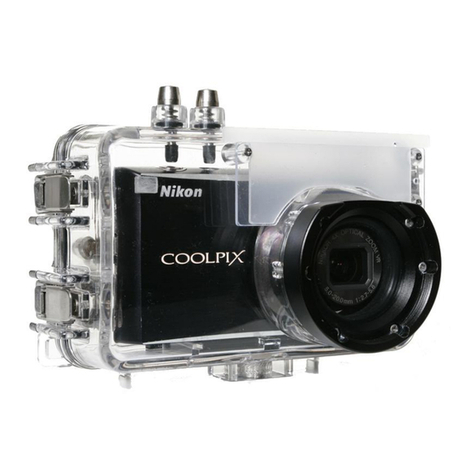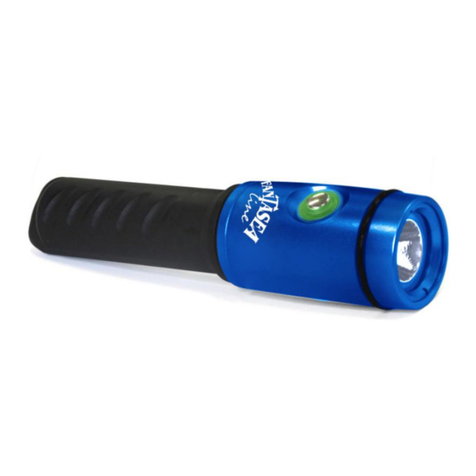Battery Life:
The Coolpix 4600 and 5600 cameras come with two LR6AAalkaline batteries, and will
lasts for more than enough time for a typical photo dive. However, there are certain things
that users can control to help with battery life. The most important is to set the camera
to turn the LCD off after a short time, during periods of non-use. It can then be automatically
turned back on if you depress the shutter release control half way. Please refer to the
Coolpix instruction manual for details on how to make this adjustment setting. It is always
wise to have backup batteries in case you do run out of power. Other battery options
include two EN-MH1 rechargeable batteries, two ZR-6AANickel Manganese batteries,
or two FR-6 AA Lithium batteries. Rechargeable batteries usually increase overall
performance and offer an economical and environmentally aware alternative to one-use
disposable batteries. Check the users manual of the camera for confirmation of compatibility
with other batteries.
Using Flash:
The Coolpix has a built-in flash, which will illuminate nearby underwater subjects. For
subjects that are farther away, an accessory slave strobe is recommended. (See Below.)
Due to the presence of suspended particles in the water, a built-in external flash diffuser
is supplied. It will widen and soften the light, providing more coverage and less likelihood
of backscatter , the unattractive snowstorm affect of the flash reflecting off the suspended
particles. Further reduction of backscatter can be achieved by using an accessory off-
camera slave flash. See below for more details.
Underwater photographers, needing artificial light to restore color in nearly all pictures,
should set the flash mode to Anytime flash. This will insure the flash fires on every
exposure regardless of the ambient light conditions. (Please refer to the camera s instruction
manual for more details.)
Outdoor photographers do not have this same concern. There is no backscatter to be
concerned about, and due to the ability of the flash to travel farther and more effectively
in air as compared to in water, there is normally not a need for an accessory flash to
provide proper illumination for most subjects.
Accessory Slave Strobes:
Using the Coolpix built-in flash as the master, you can trigger a second slave strobe to
provide more artificial light when needed. To do this, you must use an accessory strobe
that has a slave feature built in. The flash from the Coolpix must be aimed or bounced
toward the accessory strobe s slave sensor, or other fiber optic sensor. This will trigger
the slave to fire in sync with the master flash. Be sure to use a slave strobe that has the
ability to ignore the built-in pre-flash in digital cameras, and synchronizes with the
shutter release.
